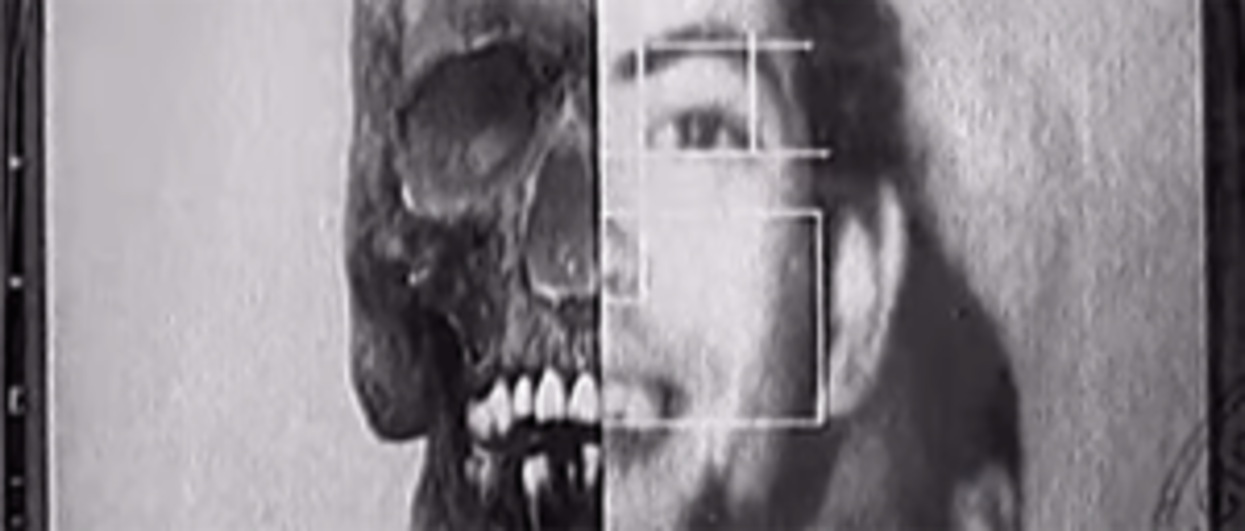Technology and Forensic Evidence: Chilean Human Rights Investigations

Updates
Read a recap of the event here.
Original post
In 1991, Chilean forensic scientists began the exhumation of 126 skeletons from Patio 29, a plot in the General Cemetery where the military ordered the burial of hundreds the disappeared and executed. The exhumations began shortly after Chile returned to democracy and provided proof of the human rights crimes that had taken place during the Pinochet dictatorship. By 2002, the Chilean government had identified 96 of these skeletons and returned them to the families. However, in 2006 the Chilean government announced that the scientists had misidentified at least half of these skeletons. The causes of the errors were multiple and arguably systemic. However, part of the blame can be attributed to a technique the SML used in its many of its identifications: craniofacial superimposition. This paper tells the story of how craniofacial superimposition became an advanced identification technique used by the SML and why SML scientists opted to put their trust in this technique instead of techniques grounded in the emerging field of DNA analysis. Telling this story requires broadening the frame of analysis to study the transnational movement of techniques, technologies, and experts. It connects the history of forensic identification in Chile to that of China, Scotland, Brazil, Spain, and the United States and uses this history to shed new light on why mistakes were made.
Eden Medina is Associate Professor of Informatics and Computing, Affiliated Associate Professor of Law, and Adjunct Associate Professor of History at Indiana University, Bloomington. Her research and teaching address the social, historical, and legal dimensions of our increasingly data-driven world, including the relationship of technology to human rights and free expression, the relationship of political innovation and technological innovation, and the ways that human and political values shape technological design. Medina’s writings also use science and technology as a way to broaden understandings of Latin American history and the geography of innovation. She is the author of the prizewinning book Cybernetic Revolutionaries: Technology and Politics in Allende’s Chile and the co-editor of Beyond Imported Magic: Essays on Science, Technology and Society in Latin America. Her current monograph in progress studies the history of forensic identification in Chile and the connection of science and technology to processes of truth, reparation, and justice.
The History and Theory of New Media Lecture Series brings to campus leading humanities scholars working on issues of media transition and technological emergence. The series promotes new, interdisciplinary approaches to questions about the uses, meanings, causes, and effects of rapid or dramatic shifts in techno-infrastructure, information management, and forms of mediated expression. Presented by the Berkeley Center for New Media, these events are free and open to the public. For more information, visit: http://htnm-berkeley.com/
